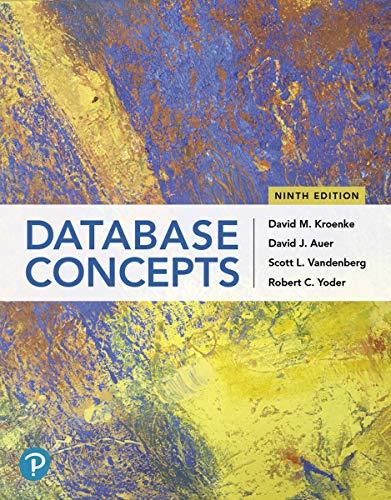Answered step by step
Verified Expert Solution
Question
1 Approved Answer
Let L 1 , L 2 , and L 3 be languages defined over the alphabet = { a , b } , where L
Let L L and L be languages defined over the alphabet where
L consists of all possible strings over except the strings w w
w; ie start with all possible strings over the alphabet, take out
particular strings, and the remaining strings form the language ;
L is recognized by an NFA; and
is recognized by a PDA.
What type of language is L LL Justify your answer.
Prove that where means the number of as in is
recursively enumerable. Demonstrate the moves with the string instances:
b
i aaabbc
ii babbcc

Step by Step Solution
There are 3 Steps involved in it
Step: 1

Get Instant Access to Expert-Tailored Solutions
See step-by-step solutions with expert insights and AI powered tools for academic success
Step: 2

Step: 3

Ace Your Homework with AI
Get the answers you need in no time with our AI-driven, step-by-step assistance
Get Started


